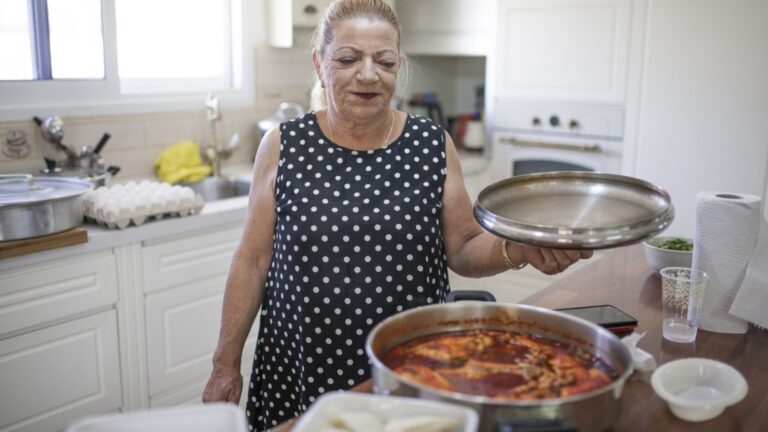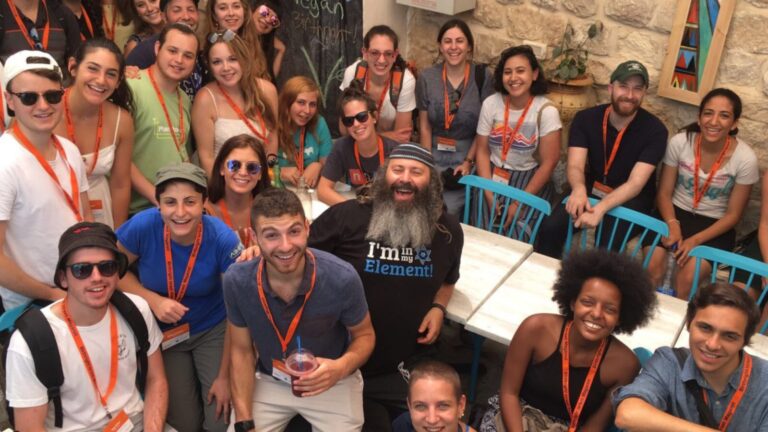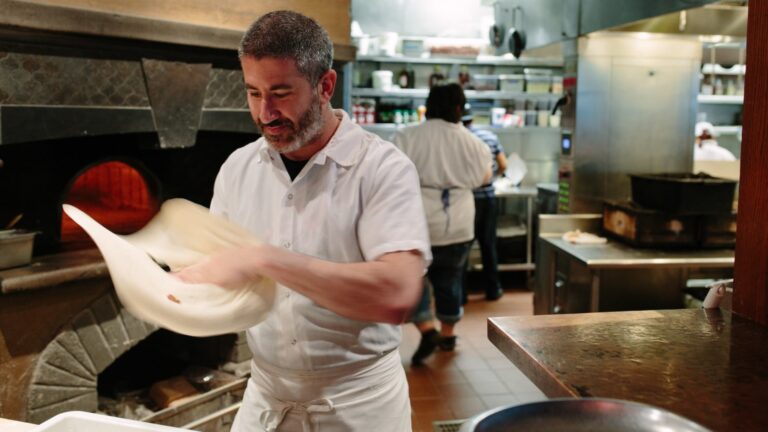In South Tel Aviv, in a gentrified historical neighborhood called Florentin, British immigrant Dean Essa recently opened a new culinary hangout, Kanafanji.
It may look like a hip espresso bar, but Kanafanji specializes in knafeh (also spelled “kanafeh”), an Arabic dessert made with shredded vermicelli-like pastry noodles (kadaif) moistened with clarified butter, covered with crumbles of sheep or goat cheese and seared on both sides until golden. Before serving, the knafeh is showered in spiced heavy syrup.
The restaurant/bar with its reasonably priced local beers bears the motto “Live, Laugh, Love, Knafeh” – a strangely fitting concept for a dessert held dear by locals of all descents. If you like knafeh, you probably love it with a capital L.
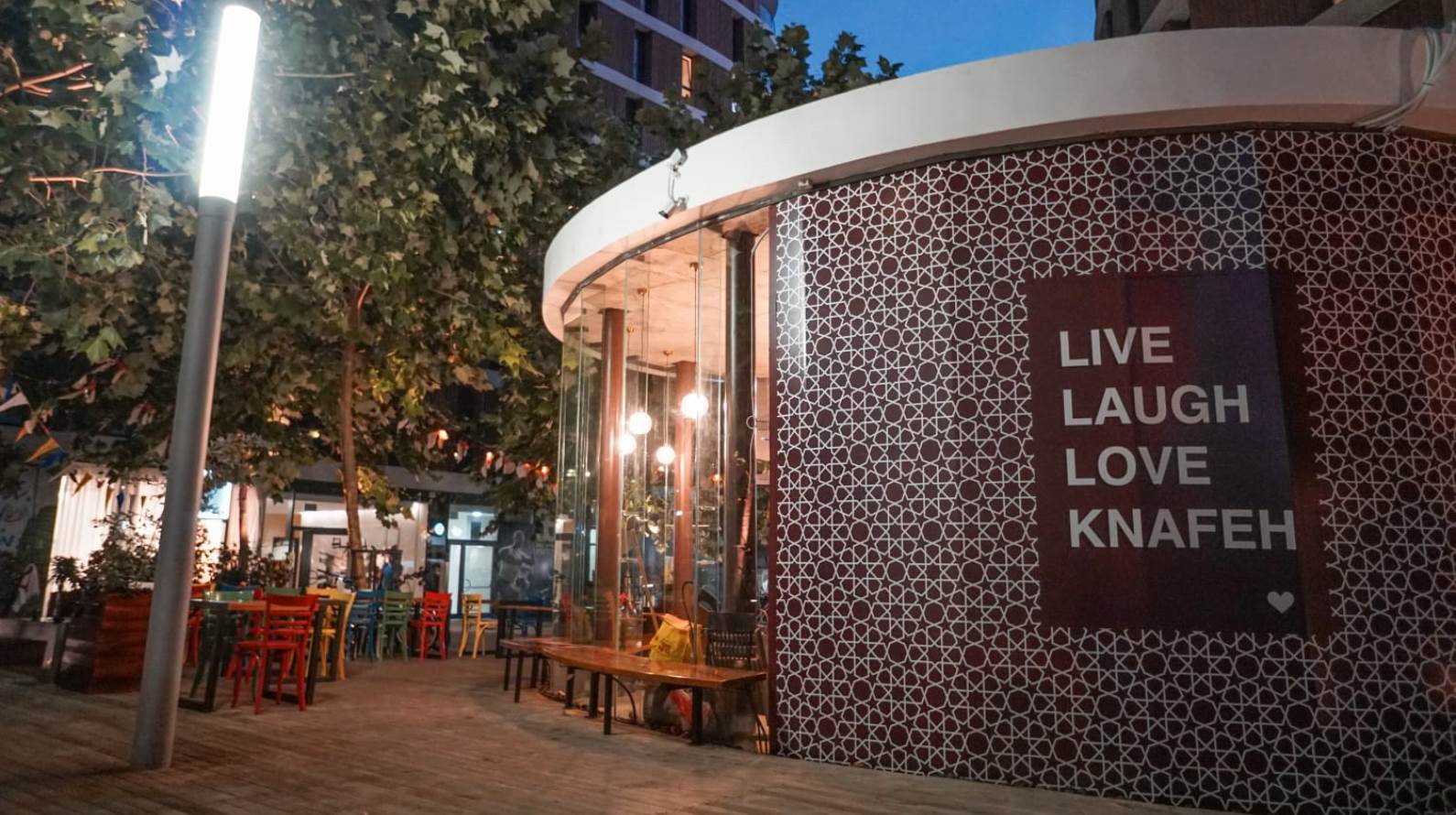
The traditional dessert is usually cooked in deep sheet pans and served warm. It takes a certain skill to master knafeh’s artisanal elements and its fans are fanatical and often unforgiving.
So knafeh is an odd choice for an ex-pat to take on. And yet as the sweet has become part of a modern Israeli cuisine that embraces ethnic dishes, knafeh is more accessible and open to interpretation from home cooks, restaurant chefs and hipsters alike.
The ingredients
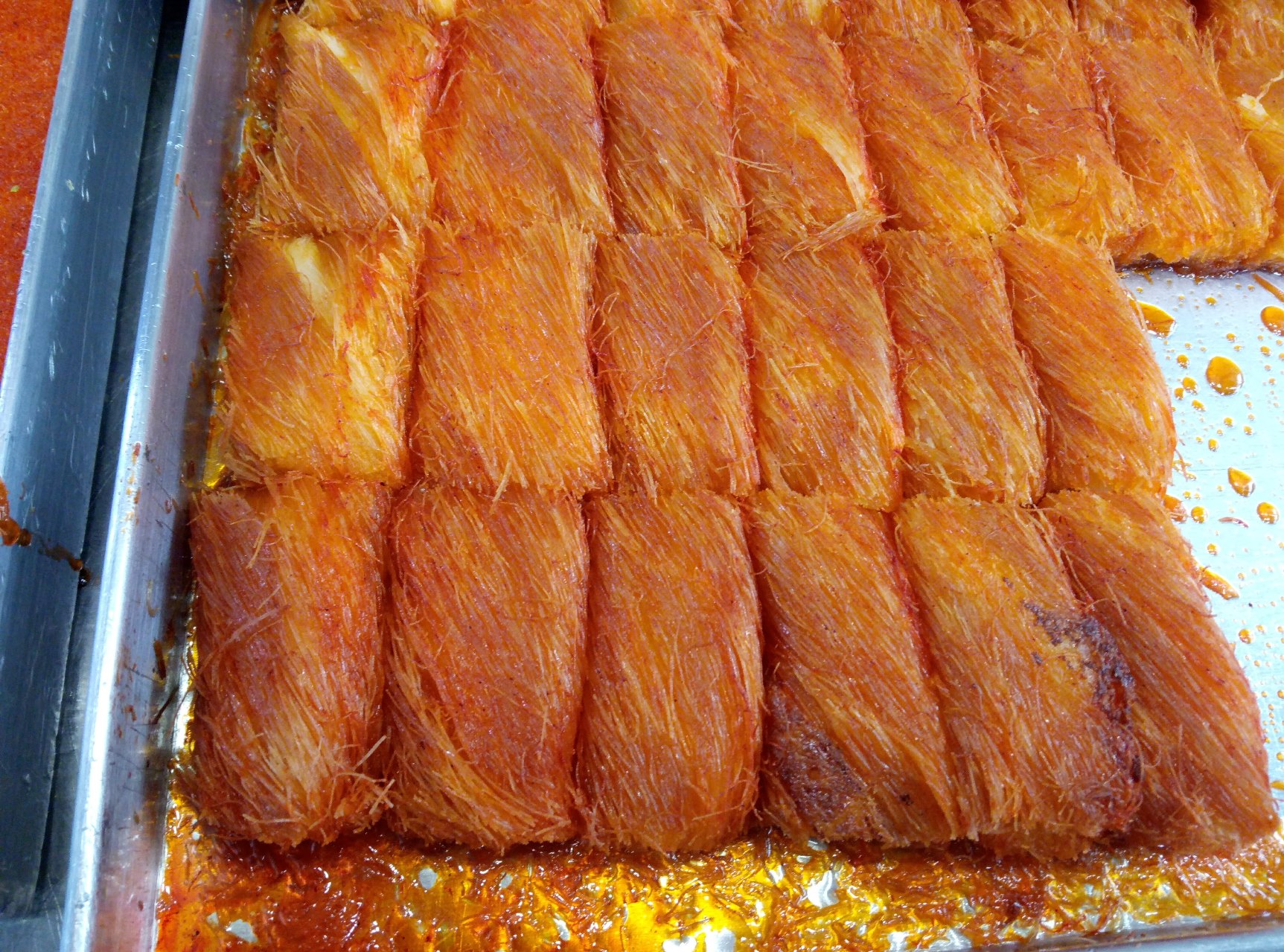
Varying from country to country, village to village, and even household to household, knafeh recipes depend on a few key flavors and raw materials:
Kadaif flour-and-water noodles (or “hairs,” as they are referred to in Hebrew) are best made by master artisans. The high-quality kind are produced in specialty factories from batter poured through a sieve or draped with a special tool onto a moving heated circle that quickly cooks the angel hair-thin strands as they spin.
Goat or sheep cheese is essential. The most classic choice for making the type of knafeh enjoyed in Israel is Nabulsi (Nablus), a soft-brined cheese that is firm yet has the ability to melt.
Because Nabulsi is hard to find outside of the region, many recipes call for mozzarella in combination with a softer cheese to try to fake the unique way Nabulsi cheese reacts to heat. Alternatively, other goat or sheep cheese of similar texture can be used in the dish, or even fresh ricotta, which is often used in knafeh that comes in the form of a rolled log.
Chef Alaa Musa of the legendary El Marsa restaurant in Acre (Akko) and Lux restaurant in downtown Haifa prefers to use ricotta in his knafeh. Food journalist Steve Rothfield felt that Musa’s recipe was good enough to be shared in his 2016 cookbook, Israel Eats.

Samneh (ghee) is clarified butter, heated in a saucepan and skimmed of the milk solids that float to the top, leaving pure butterfat behind. This striking golden liquid is much richer than ordinary melted butter, intensifying the buttery flavor of the knafeh.
Heavy syrup spiked with spices, citrus, and sometimes perfume-like floral extracts is poured generously by Arab bakeries over pastries such as knafeh and baklava just out of the oven. It soaks through the pastry to soften it, seal in the freshness, and yes, even weigh it down a bit since many bakeries sell their baked goods by weight.
Pistachios are a sign of prosperity, and provide a stark color contrast to the bright orange kadaif on top of the knafeh. When peeled, soaked, removed of their brownish skins and chopped finely, these chartreuse-hued nuts, which can cost up to $40 per kilo, really gussy up the dish.
Iranian pistachios are considered the best in the world, but the second best would be Halabi pistachios, from a species that originated in Aleppo, Syria, which was one of the world’s largest producers of the nut prior to the current civil war. Pistachios are still referred to as fistuk halabi, or Aleppian pistachios, in many Israeli markets.
Galilee knafeh
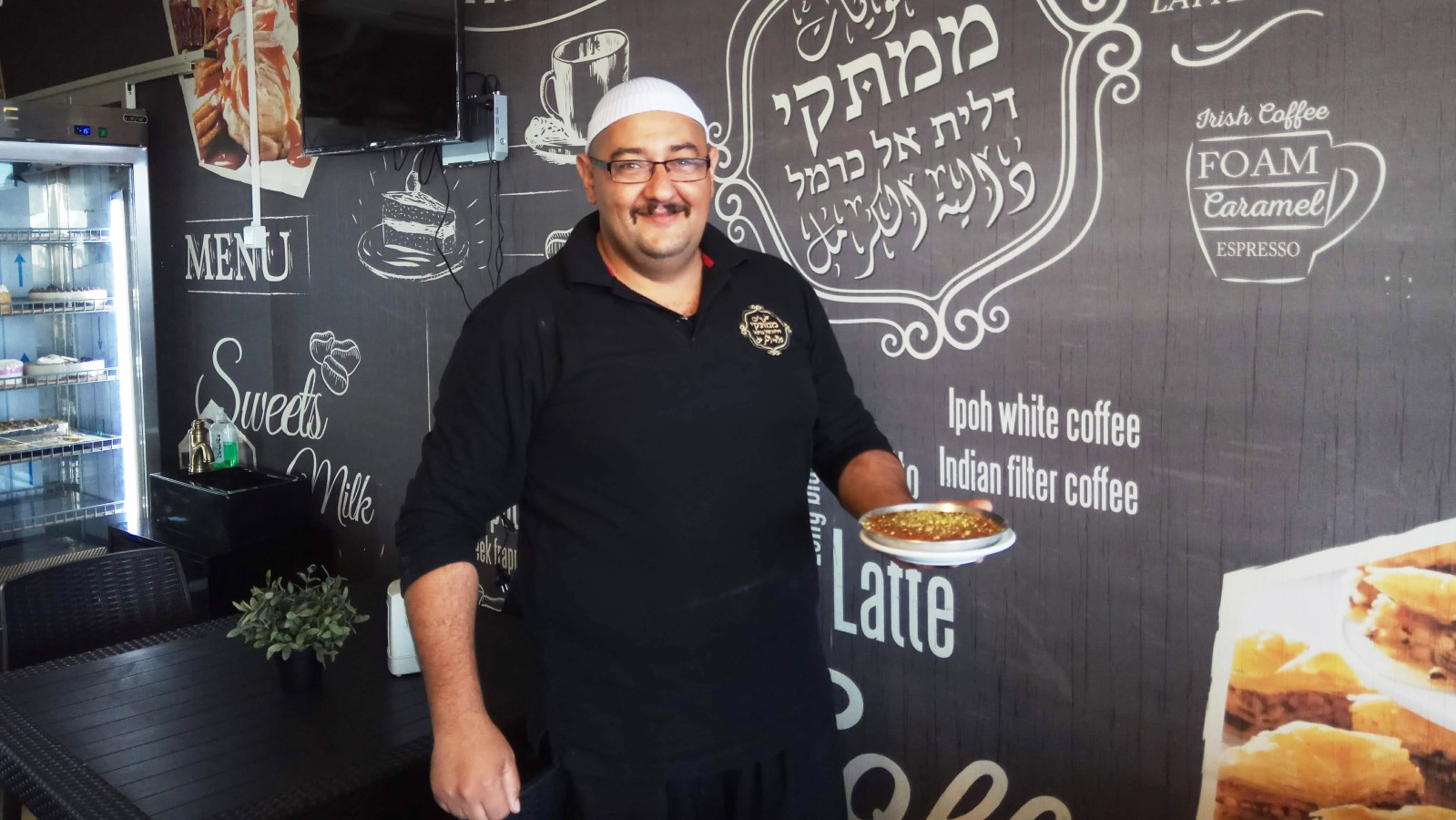
Far from the streets of Tel Aviv, Amal Paro stands over a custom-rigged stovetop that he purchased in Turkey. Four lines of large open flames engulf a deep-lipped tray of knafeh.
He chats casually about everything from his childhood growing up Daliat el-Carmel — the Druze village in the Carmel Mountains where we are currently standing — to his first memory eating knafeh as a young child, as if overcooking the massive batch in front of him, made up of expensive ingredients, isn’t a possibility.
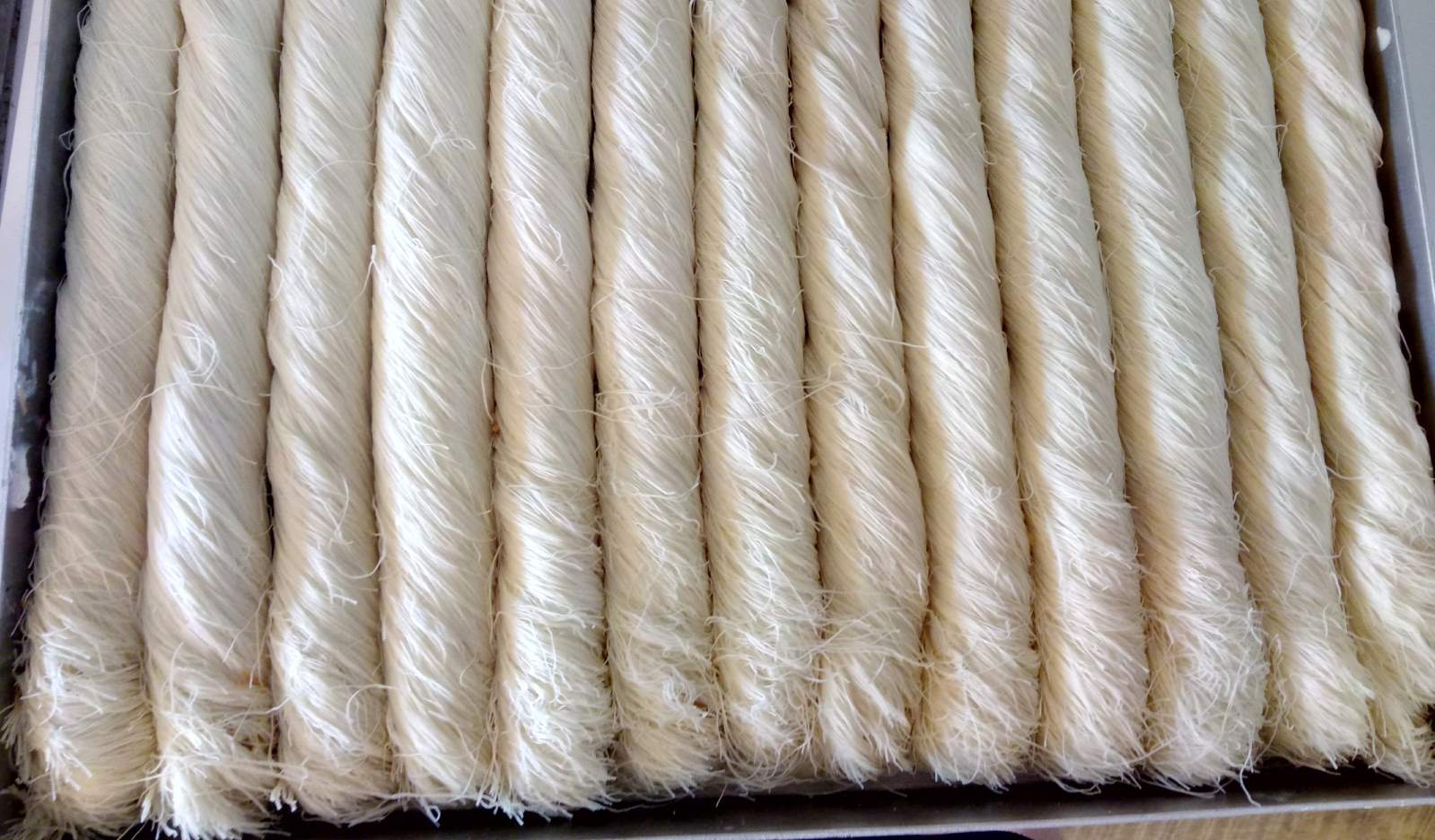
The stovetop perfectly accommodates two oversized trays, and this relatively small cooking surface is where he prepares the day’s portion of knafeh for his bakery, Mamtakei Daliat el-Carmel (Daliat el-Carmel Sweets).
While we talk he continually checks the underside with a large spatula. When it is finally the golden hue he seeks, he lifts the tray and expertly flips its contents into an empty metal tray of the exact same size.
Sprinkled with freshly ground pistachios, the knafeh is kept warm in a type of elaborate chafing dish. It will be cut into large squares to order by a large spatula — similar to the kind used to spackle walls — and served to customers who don’t have time to wait for a made-to-order personal portion.
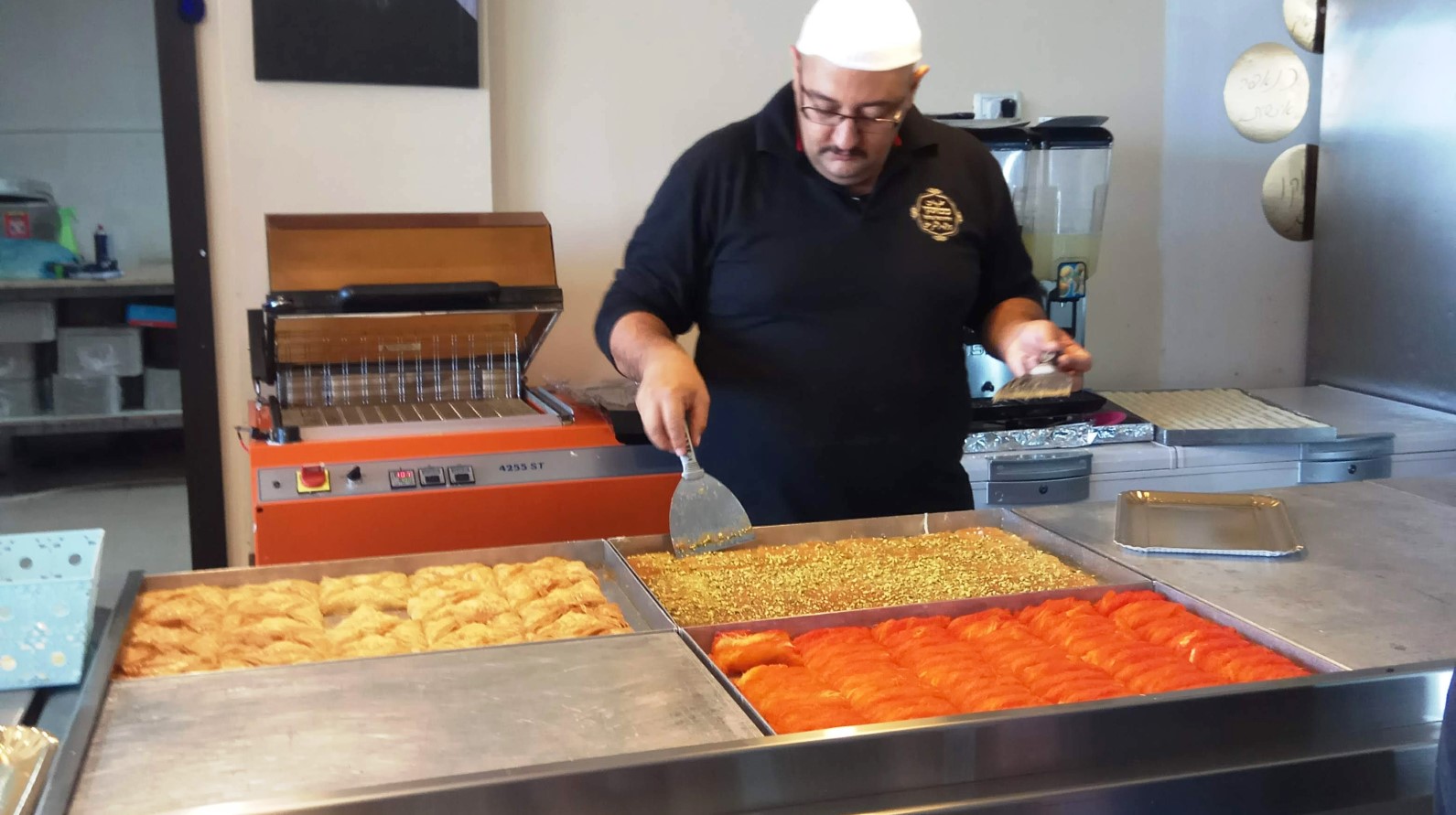
According to Paro, knafeh should be eaten fresh and hot, before the melted cheese has coagulated. He tells ISRAEL21c that one should be able to cut into knafeh evenly with a fork, with little resistance.
He sells three different kinds of knafeh: one flat, made on a large tray containing the famous Nabulsi cheese and kept warm, cut into squares for customers; one that is rolled into knafeh “fingers” with softer fresh ricotta inside; and a round personal pan made to order.
Paro’s personal portions are fired up on another custom-built oven fitted with a rotating cast-iron top that simulates cooking on both a barbeque and a stone bread oven to impart additional flavors to the dish.
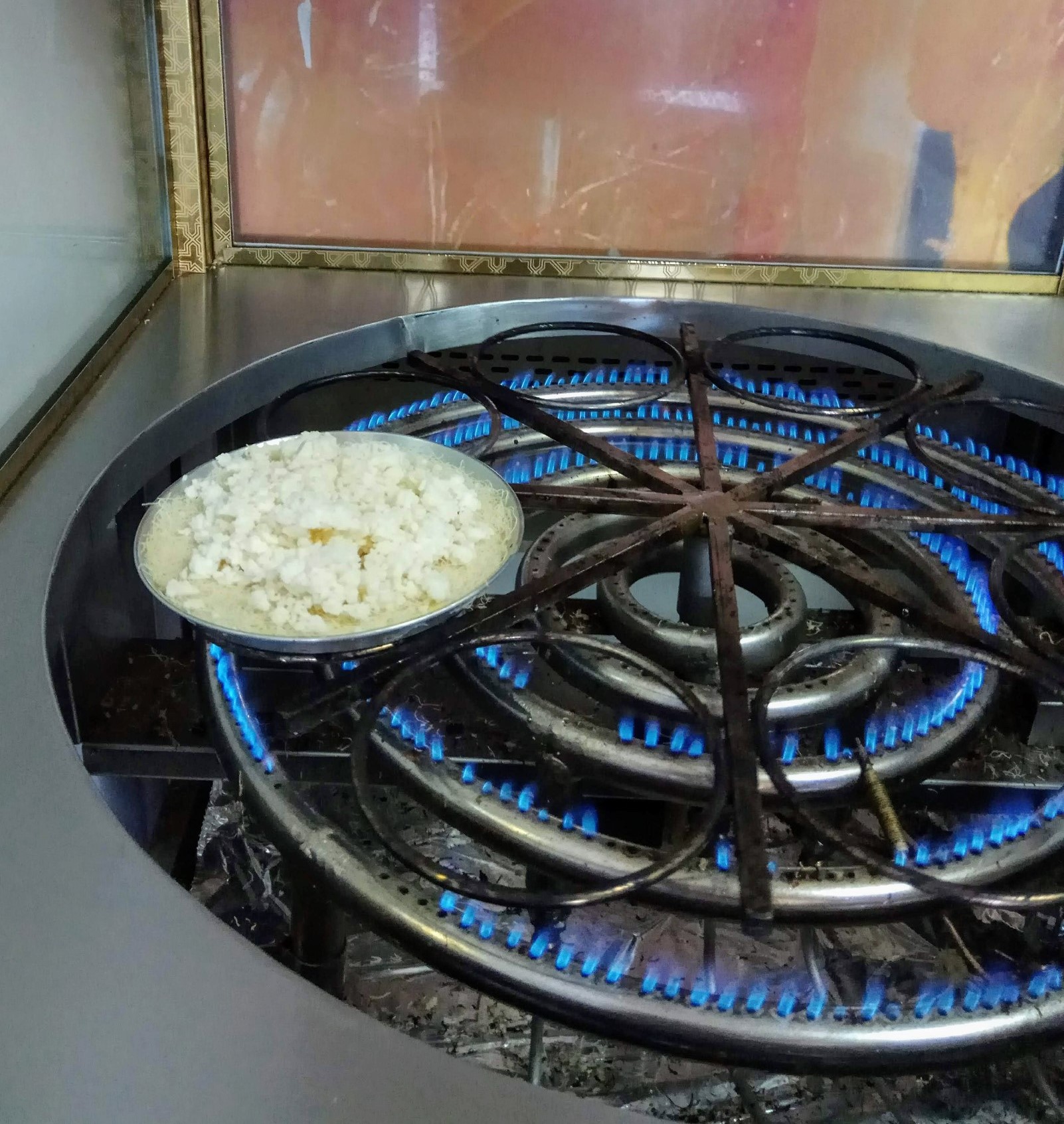
Each kind has a syrup that varies in taste. No matter the combination of spices — no doubt including cloves, cinnamon and lemon — they all have a 1:4 ratio of water to sugar. The shocking sweetness of Arabic sweets is a stark contrast to the dark Turkish-style espresso known as Arabic coffee, or simply black coffee in Hebrew, often served alongside.
“The deciding factors for an excellent, not just good, knafeh lie in the quality of the ingredients,” Paro says, though the exact recipe is a closely guarded secret.
“Yes, you can get kadaif noodles at any Israeli grocery store, either frozen or vacuum sealed and shelf stable, but they are not going to come close to those handmade with such artistry by the handful of people left who still know how to make them the traditional way, as is the case in Nazareth. The same goes for the samneh. Both this and the cheese must be handmade, and of top quality to shine through a dish that has so few ingredients.”
When he was a child, his mother would get her cheese from the villagers down the street, who bred goats just for the purpose of producing knafeh cheese on a small scale. Now he must buy it from a small factory in the Galilean village of Yarka one hour away. He buys his kadaif and orange food coloring in Nazareth, a 45-minute journey east.
As to the bright orange color, no one can quite explain this phenomenon. “That’s just the way it’s always been, and always will be,” Paro chuckles.
Origins
Nailing down the origins of any dish in this region is controversial.
However, knafeh is indisputably from the Levant region, which includes Middle Eastern countries bordering the Mediterranean Sea as well as Syria, Lebanon and Jordan.
The name comes from the Coptic-Egyptian word for “cake.” Israel’s neighbors all have their own versions that go by slight name variations, from kunefe to kunafa. Local legend has it that this dessert, as enjoyed in Israel today, was born in the city of Nablus (Shechem in Hebrew).
Knafeh has also become common among the Druze people living in Israel’s north, and in the mostly Christian city of Nazareth, also in the Galilee, which has established itself as a destination for knafeh seekers.
The Mahroum family has been operating Arab sweets shops in Nazareth since 1890, and its knafeh is supremely buttery and gently sweet.
Dean Essa got his knafeh education from six years living in Jerusalem, being exposed to famous knafehs such as varieties sold at Jaffar Sweets in the Old City’s Muslim Quarter. This style is what he hopes to bring to Kanafanji customers in Tel Aviv.
Other former Jerusalemites are The Bearded Bakers, known for the antics they perform to entertain their customers, spread a similar sentiment to places like New York City and Sydney, Australia, with their knafeh food trucks that peddle round single-size servings that are both creamy and light.
To eat knafeh is to celebrate
Knafeh is most suitably used as a treat or for a celebration. It is served to guests at Arab weddings, or bought as gifts for a host or guest.
I am reminded of the time my husband mentioned to his Druze friend upon a visit to the village of Isfiya that knafeh was his favorite sweet. Driving home, we were flagged down by the friend, who had stopped at his favorite shop to buy us a box of 10 large slices.
Still, aside from its celebratory nature, and the perfectly plated representations spotted at chef restaurants, knafeh shops tend to sell these sweets street-food style, on plastic plates, with plastic forks and paper napkins.
One can even find restaurants around Israel serving ice cream-studded plated knafeh adorned with candies, foams and sauces, in both dairy and vegan varieties.
Chef Harel Zakaim of the famous vegan gourmet restaurant Zakaim in Tel Aviv offers his vegan knafeh recipe online. It calls for grinding soaked soy beans with sugar and water to create a knafeh cheese substitute.
In Haifa, Café Shtroudl below the Baha’i Gardens World Heritage Site serves dairy knafeh with a ball of homemade pistachio ice cream on top.
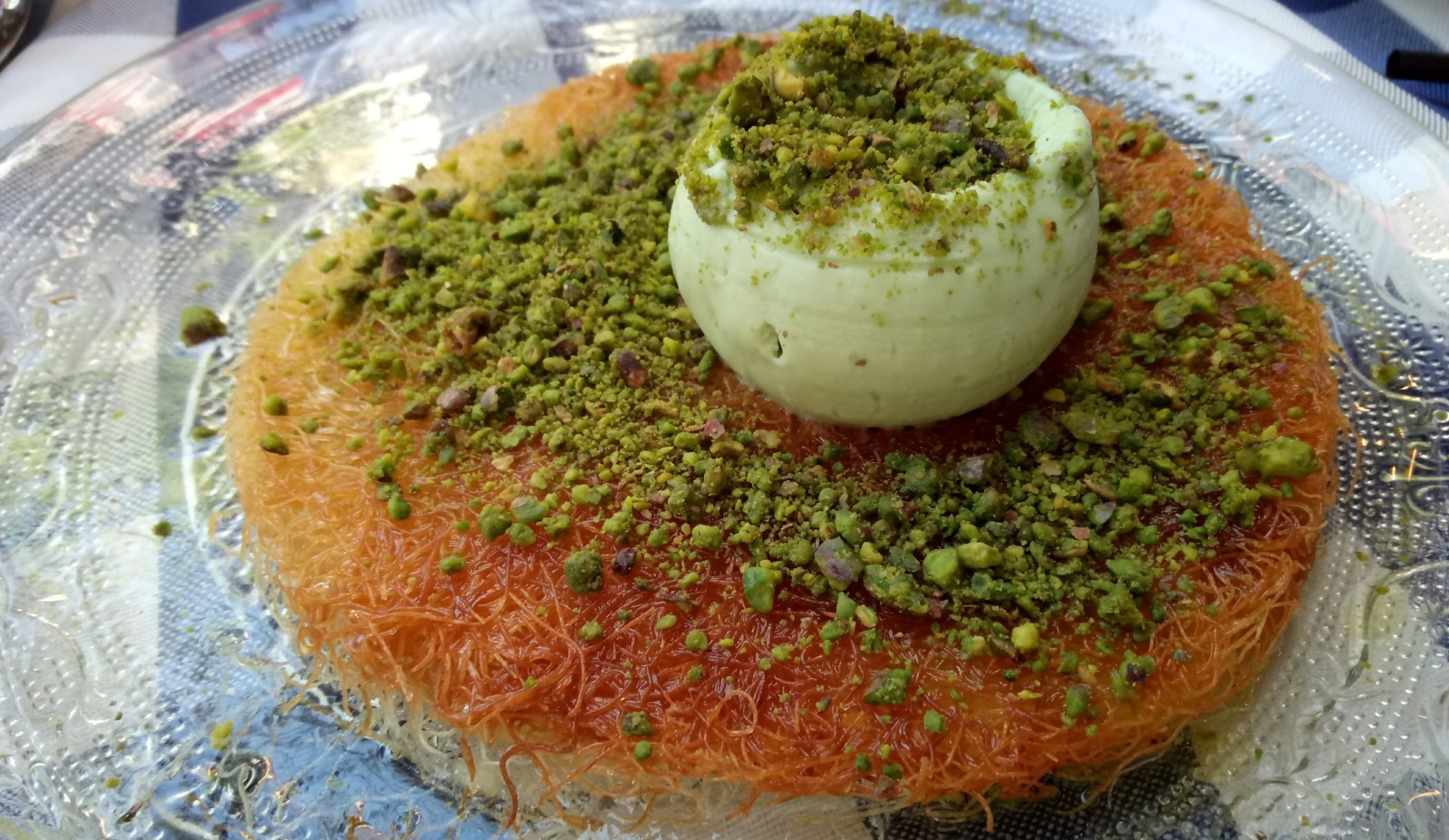
When celebrity chef and television star Haim Cohen posted his knafeh recipe from his restaurant, Yafo Tel Aviv, it was quickly reprinted by several Hebrew publications.
His simplified version, using a combination of fresh ricotta cheese and French-style soft goat cheese as well as rosewater-scented sugar syrup, turned the traditional item into a dessert that can be made anytime at home.
In whatever form, variation, or influence, as an afternoon snack, or honorable gift or dessert to mark a special occasion, knafeh is beloved by most people who taste it. Modern Israel and countries all over the Levant have found a way to call it their own.
“I’ve been eating knafeh since I was a baby, and I don’t plan on stopping anytime soon. Making it is a skill that is passed on in my culture from generation to generation, so I can only hope that my children will join me here in the bakery one day, and that they can continue my legacy of passing along the joy,” says Paro.














